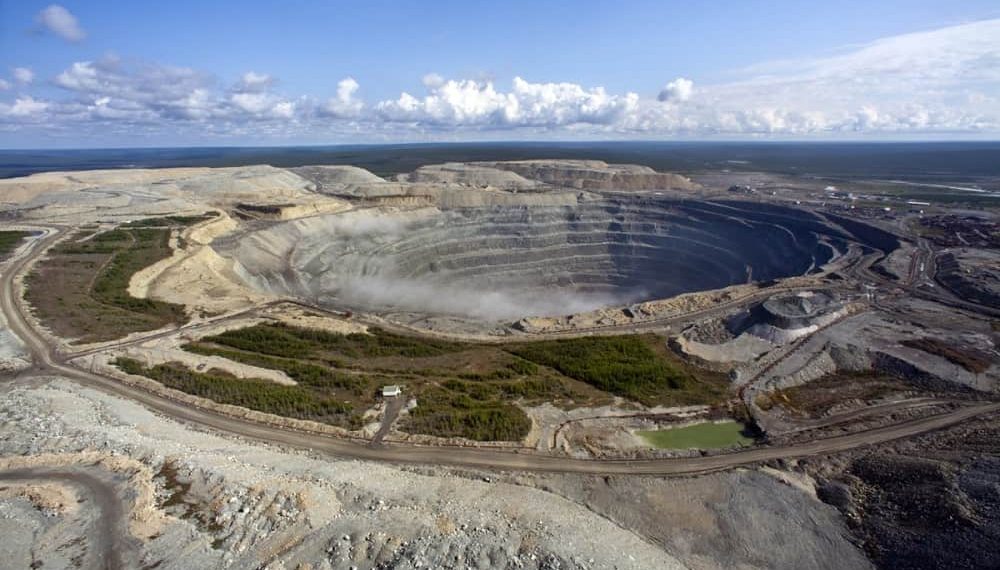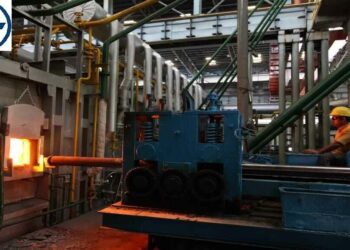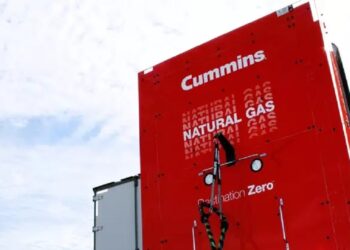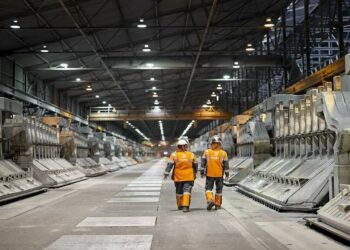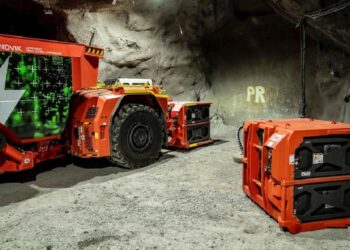ALROSA has started drilling for the further investigation of the Mir kimberlite pipe as part of its strategic investment plan to study a feasibility for the production at its unique diamond deposit.
Experts from ALROSA’s Vilyui Exploration Expedition will start studies at the depth of 1,200 – 1,600 meters below the surface. This will help to define more precisely the pipe’s dimensions, its position, diamond quality and grades, as well as geological conditions and hydrogeology of the deposit. Total exploration costs are estimated at RUB 2 billion.
The company expects to carry exploration over 2020-2021. The reserve estimate report to be prepared in 2022.
“The bulk of drilling will be performed by VPT-NEFTEMASH LLC. This contractor, defined by a tender, has a record of successful construction of deep and ultra-deep prospecting and production wells for major oil and gas producers. It possesses state-of-the-art technologies for controlled-angle drilling and has its own facilities in Mirny and Lensk districts of Yakutia. Yakutniproalmaz institute will analyze all the information to prepare a feasibility study and a reserve estimate report,” said Sergey Khvostik, the head of Vilyui Exploration Expedition.
Upon approval by ALROSA Executive Committee, these documents will be submitted to the Russian State Commission of Mineral Reserves (GKZ).
The company pays special attention to ensure industrial and environmental safety while carrying borehole exploration at water-bearing horizons and massive salt-saturated layers. 15 separate branches drilled from one main shaft will provide a unique geological information on the deeper part of the kimberlite pipe. Another two vertical wells will provide data for the design of the future mine structure.
Mir underground mine was suspended in 2017. According to the concept approved in 2019, a decision about the future of the mine requires additional exploration of the deposit’s deep levels. Decision to restart the mine will depend on positive economics of the project provided the highest level of industrial safety both at the construction and mining stages will be achieved. If both conditions are met, a reconstruction of the mine may start no earlier than 2024. Preliminary estimates show that these works will take another 6-8 years



